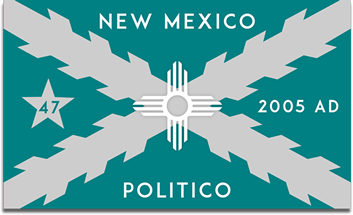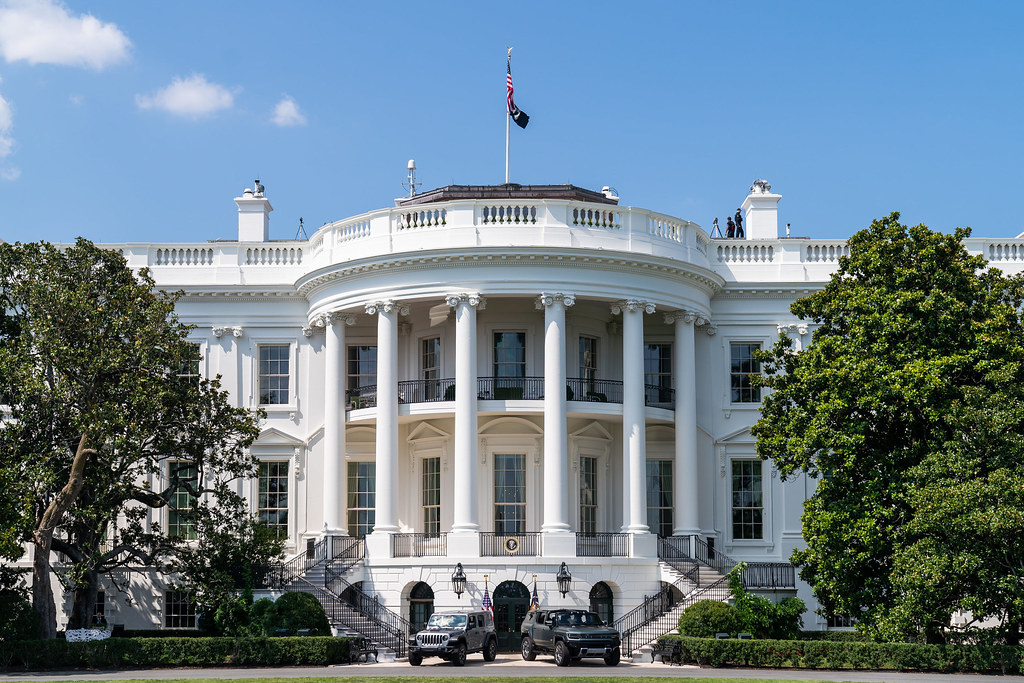The GOP‘s $1.5 trillion tax overhaul won congressional approval early Wednesday morning and is expected to be signed into law by President Trump. So how will New Mexicans be impacted? In a nutshell, most New Mexicans will get a tax cut – at least for the next eight years. But the answer is a little more complicated than that. Let’s dive into some key takeaways.
How do individuals benefit from this tax reform?
According to a report from the nonpartisan Tax Policy Center, on average Americans at all income levels get a tax cut from the final version of the tax bill. It is true that the benefits would be greatest for higher income earners but that makes sense since they pay the largest share of all income taxes: remember that almost half of all households do not pay any income taxes and in fact the richest 10% pay 90% of all income taxes.
The median New Mexican makes $44,160 according to the most recent data from the BLS. Using a tax calculator for the new tax bill, a median single filer in New Mexico can expect about a $900 tax cut in 2018. If that median filer is a married couple with two kids, they can expect a tax cut of around $1,400, due in part to the child tax credit that was doubled to $2,000 for children under 17.
Other tax provisions worth mentioning include the ability to continue to deduct student loan interest, medical expenses, and (if you are a teacher) classroom supplies. The electric car tax credit also will continue and tuition waivers for grad students will remain tax free. Notably 529 savings accounts can now be used, up to $10,000 per year, to cover the cost of sending a child to “public, private or religious elementary or secondary school.”
Republicans also got rid of one of Obamacare’s key provisions, the individual mandate, which forced people to pay a penalty if they did not enroll in a healthcare plan. It is likely that this will reduce the number of insured people in New Mexico (including younger, healthier people who were forced to pay for insurance they would otherwise not pay for). This means that since the pool of insured will shrink (and those young people who are subsidizing the cost of older people will drop out) the cost of premiums can be expected to rise.
How will tax cuts to corporations affect New Mexicans?
Corporations received a reduced tax rate of 21% from 35% and benefit from a change that will allow them to not owe federal taxes on future income they make offshore (and will allow the roughly $2.6 trillion U.S. businesses have parked overseas to be repatriated at a rate of 8% on illiquid assets and 15.5% on cash and cash equivalents). This will make us more competitive globally and should spur job growth and corporate investment.
Already, many companies announced that due to the GOP tax cut plan they will be enacting a mix of changes including “handing out bonuses, raising pay, spending on capital projects and giving to charities.” Expect more of those announcements to come.
Industrial companies are some of the biggest winners in the tax plan, and since utilities pass tax costs through to residential customers, by lowering their tax expense it is in essence a reduction to what customers can expect in their monthly bill or “it may just mitigate the impact of higher rates going forward.”
Also it is worth noting that craft breweries, of which New Mexico has plenty of, will see a reduction of the federal excise tax to “$3.50 from $7 per barrel on the first 60,000 barrels for brewers that produce fewer than 2 million barrels a year.” These cost reductions will likely mean the creation of more jobs in one of New Mexico’s budding industries.
Will this tax cut add to the deficit?
Yes. While the tax bill has some good features, it will also add roughly $1.5 trillion to the national debt. This is by far the biggest drawback of the legislation. While most Republicans claim that the tax cut will spur enough economic growth to increase revenues, not even economic models by conservative economists support this claim. The U.S. will not get our financial house in order without doing things that no politician seeking reelection will do, which is some combination of cuts to entitlements, cuts to military spending, or tax increases. The non-partisan Congressional Budget Office has stated the obvious: “the ever-rising debt levels are unsustainable.”
If most taxpayers will see a benefit, why do such few people support the bill?
Most New Mexicans will save money since 80% of households will see some benefit in 2018. Why then do only 17% of Americans believe they will get a tax cut, according to a recent Wall Street Journal poll? There are a number of reasons.
While the news media’s coverage has been overwhelmingly negative, a greater factor is likely due to the fact that most people just do not understand the legislation very well – and that was compounded by a rushed legislative process that created poorly thought out provisions such as taxing graduate students’ benefits and taxing teachers who purchased classroom supplies (both were later dropped).
The Democrat messaging was also largely effective. Their class warfare tactics were buoyed by assertions that individuals were only getting a temporary cut while corporations were getting a permanent cut (true) and most of the benefits were going to the rich (mostly true). However, their previous proclamations apparently gave them an overconfidence to enter the realm of truthiness when they made patently false claims that most working-class families will see a tax increase. Those misleading statements were given Four Pinocchios by the Washington Post, and after getting called out some Democrats deleted tweets that were grossly misleading. The situation was made worse when Republicans offered poorly conceived talking points to defend the bill, like this one from Senator John Cornyn of Texas:
Under #TaxCutsandJobsAct a married couple earning $100,000 per year ($60,000 from wages, $25,000 from their non-corporate business, and $15,000 in business income) will receive a tax cut of $2,603.50, a reduction of nearly 24 percent.
— Senator John Cornyn (@JohnCornyn) December 19, 2017
How will this legislation affect the 2018 election cycle?
The tax bill is unpopular, but so is almost everything that comes out of Washington. The nonpartisan Tax Policy Center confirms that not only will 80% of Americans receive a tax cut, but that the average tax cut will be $2,140. That amount is nothing to scoff at and in New Mexico while the average cut will be less it is hard to see voters not impressed with a tax cut of even half that amount. How quickly the tax cut is implemented is still up in the air and will have an impact on voter sentiment in 2018.
Historically speaking the party in power is very likely to lose seats in the 2018 midterms, but the severity of the GOP’s losses remains to be seen. So far, the GOP faces considerable headwinds heading into the 2018 midterm elections, including an incumbent President with a historically low approval rating and a significant portion of voters, 79% to be exact, that disapprove of the way Republicans in Congress are doing their job. When you combine the fact that the Democrats have both 10 point lead on the generic ballot (the largest this year) and a considerable enthusiasm advantage, it is easy to foresee that 2018 is not shaping up to be a boon year for the GOP. Behind the scenes, Republicans in Washington are seriously concerned about “a possible bloodbath in the 2018 midterms” if the political environment does not improve. New Mexico Republicans, the state’s minority party, are no exception and appear to be in for a tough 2018 election cycle.

